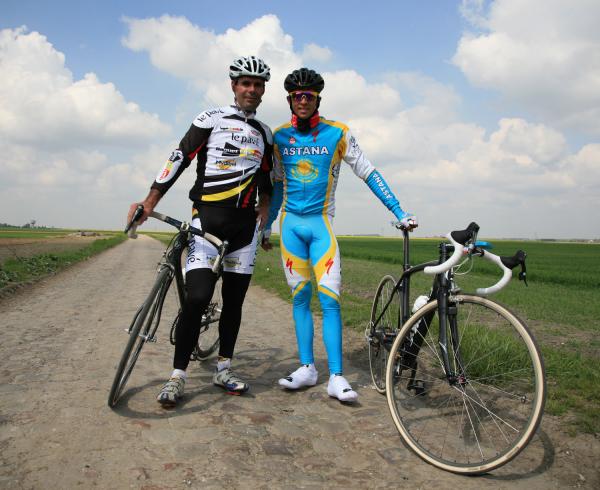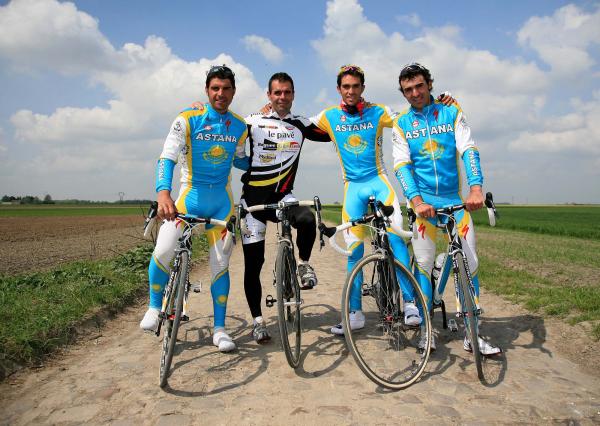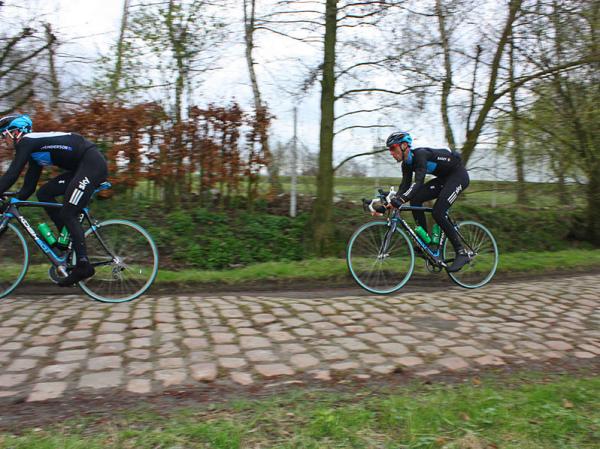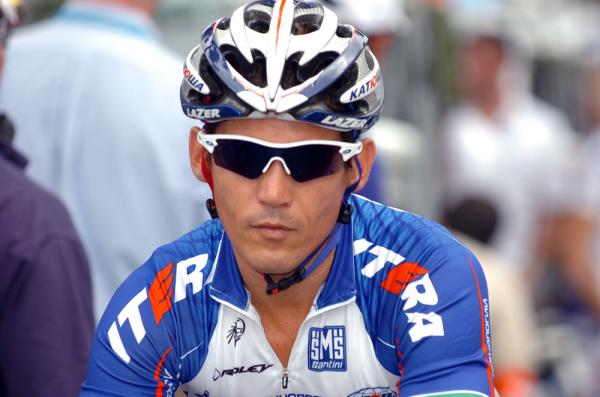2010 Tour de France: Cobbled Stages
Natural selection in week one




The first week of the Tour de France rarely sees major, race-deciding time gaps created between the overall contenders. But this year things could be very different because of the inclusion of cobbles on stage three in northern France.
The Tour riders will have to race over a total of 13.150km of cobbles divided into seven sections, most of which are squeezed into the final 30km of the 213km stage from Wanze in Belgium, to Arenberg Porte du Hainaut.
The stage finishes at the entrance to the legendary Forest of Arenberg section of cobbles that is used in Paris-Roubaix. It symbolically marks the start of the Enfer du Nord. This time it will mark the end of the pave purgatory for the Tour de France peloton.
The seven cobbled sections that the riders will face add up to about the same length as one of the major climbs in the Alps or Pyrenees. But the cobbles could create far more pain and far bigger time gaps than any climb.
The riders will be tense and nervous during every moment of the stage. They will be fighting to be at the front of the peloton before the cobbles begin and a crash, echelons or a puncture could spell disaster. It will be thrilling and spectacular to watch but it must already be giving those riders who have little knowledge, experience or desire to race on the cobbles some sleepless nights.
Laying the groundwork
Many of the Tour de France contenders studied the cobbles in the spring, while in northern Europe for the classics. Others are scheduled to take a last look at what they face on July 6 as they travel to Rotterdam for the start of the Tour de France next Tuesday and Wednesday.
Get The Leadout Newsletter
The latest race content, interviews, features, reviews and expert buying guides, direct to your inbox!
Some teams have recently sent directeurs sportifs, who perhaps raced on the cobbles themselves, to study the seven sections in detail, test materials and decide on strategy for team support, wheels and possible bike changes. Having the right equipment and choosing the right tyre pressure to suit the conditions on the day will be vital.
Alberto Contador hired Peter Van Petegem to help him make up for his lack of experience on the cobbles. The Astana team leader stayed with Van Petegem after Liege-Bastogne-Liege and tested a new bike. He was smiling in photographs but must be worried about whether he and his team can survive on the cobbles and respond to expected attacks from Saxo Bank and RadioShack. The cobbles will deliver a cruel verdict. If Contador loses time it will be a severe blow early in the race. If he can hang on to Armstrong and the Schlecks, it could be his first victory of sorts on the way to a third Tour de France success in Paris.
The Tour de France last included sections of pave on stage three in 2004. Then there were two sections of pave positioned 65km from the finish. This year there are seven. The first three are in Belgium and will be an easy to digest taster of what the riders face in the finale of the stage. The final four sections are the longest, all over 2000 metres, and are packed so close together that they will feel like one long section of suffering.
The cobbled sections:
1. Secteur pavé d'Ormeignies (350 m)
2. Secteur pavé d'Hollain (1200 m)
3. Secteur pavé de Rongy (700 m)
4. Secteur pavé de Sars-et-Rosières (2400 m)
5. Secteur pavé de Tilloy-lez-Marchiennes (2500 m)
6. Secteur pavé de Wandignies-Hamage (3700 m)
7. Secteur pavé d'Haveluy (2300 m).
In 2004 Jean-Patrick Nazon won the stage but Iban Mayo (Euskaltel-Euskadi) crashed on the cobbles with several teammates, losing four minutes and any chance of winning the Tour.
Riders who avoided problems included Lance Armstrong, Levi Leipheimer, Fabian Cancellara, George Hincapie, Ivan Basso and Carlos Sastre. Riders who lost four minutes in 2004 and will be racing this year, include Christian Vande Velde, Michael Rogers and Denis Menchov.
"It's going to be carnage"
Veteran sprinter Robbie McEwen has special memories of the 2004 stage. He finished third but pulled on the yellow jersey for a day and went on to win the green points jersey. He is set to ride his 11th Tour de France with the Katusha team.
McEwen celebrated his 38th birthday on June 24 and the day before gave himself the birthday present of 100km of training on the route of this year's cobbled stage.
"It's going to be crazy and chaotic and I'm sure a group of riders, perhaps even a very small group will get a gap and other riders, including some big overall contenders, will lose time," he told Cyclingnews.
The difference this year is that most of the sections of cobbles are pretty close to the end of the stage and very close together. It will be a hell of a fight for position before the cobbles and that could mean there are nasty crashes even before we hit the cobbles."
McEwen pointed to a key difference between racing on the cobbles in Paris-Roubaix and at the Tour de France. It is a factor which will explain what could happen on the day.
"At Paris-Roubaix there is a natural selection of the rider who actually wants to ride on the pave and who knows how to ride on it. Then in the race there's the natural selection of the race too. At the Tour we'll have the classics riders wanting to win the stage, the overall contenders trying to make sure they don’t lose time and then all their domestiques, some who won't have a clue about the cobbles, doing everything they can to help them. It's going to be carnage."

Stephen is one of the most experienced member of the Cyclingnews team, having reported on professional cycling since 1994. He has been Head of News at Cyclingnews since 2022, before which he held the position of European editor since 2012 and previously worked for Reuters, Shift Active Media, and CyclingWeekly, among other publications.